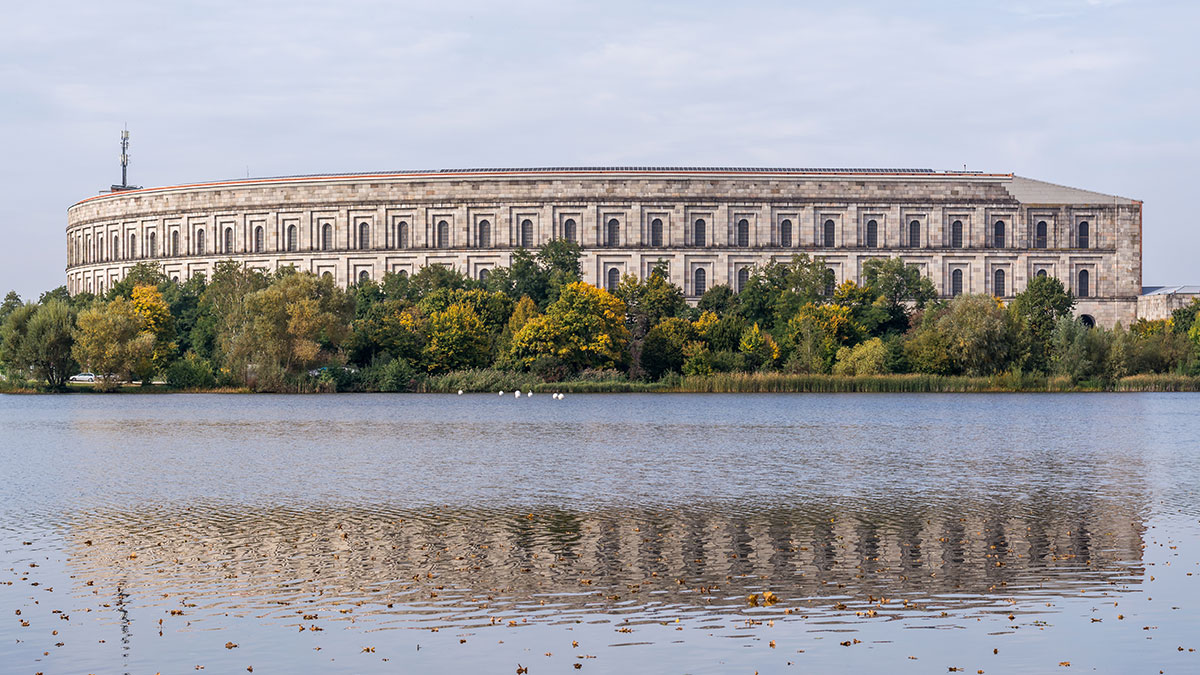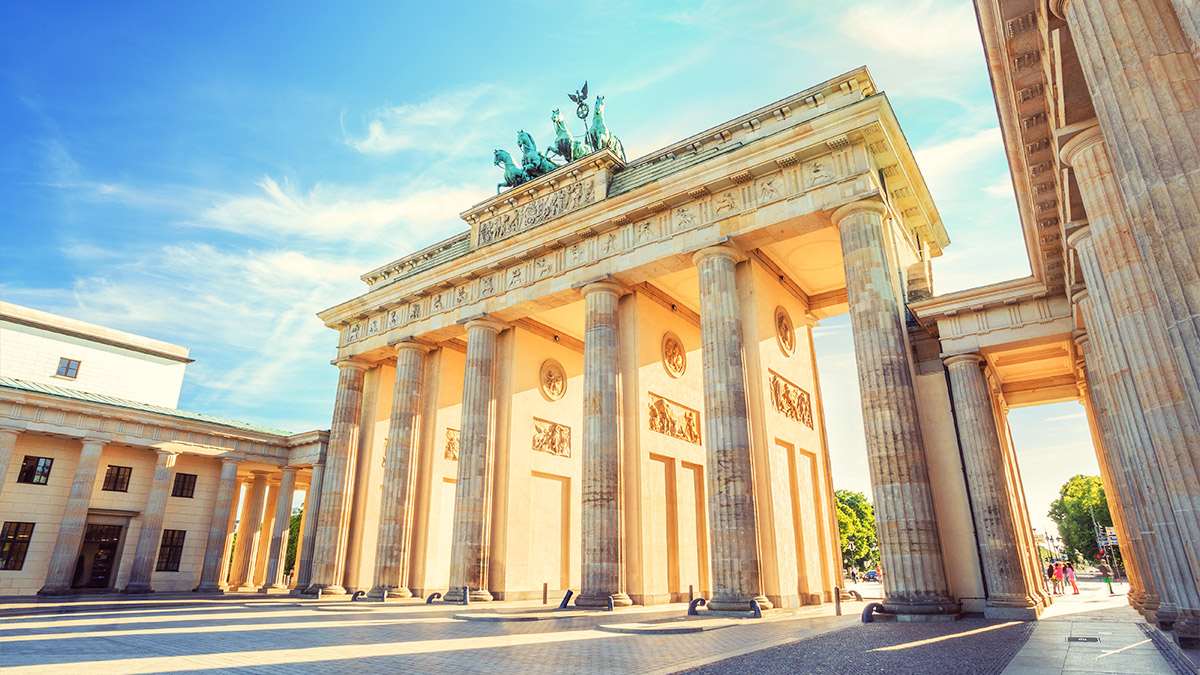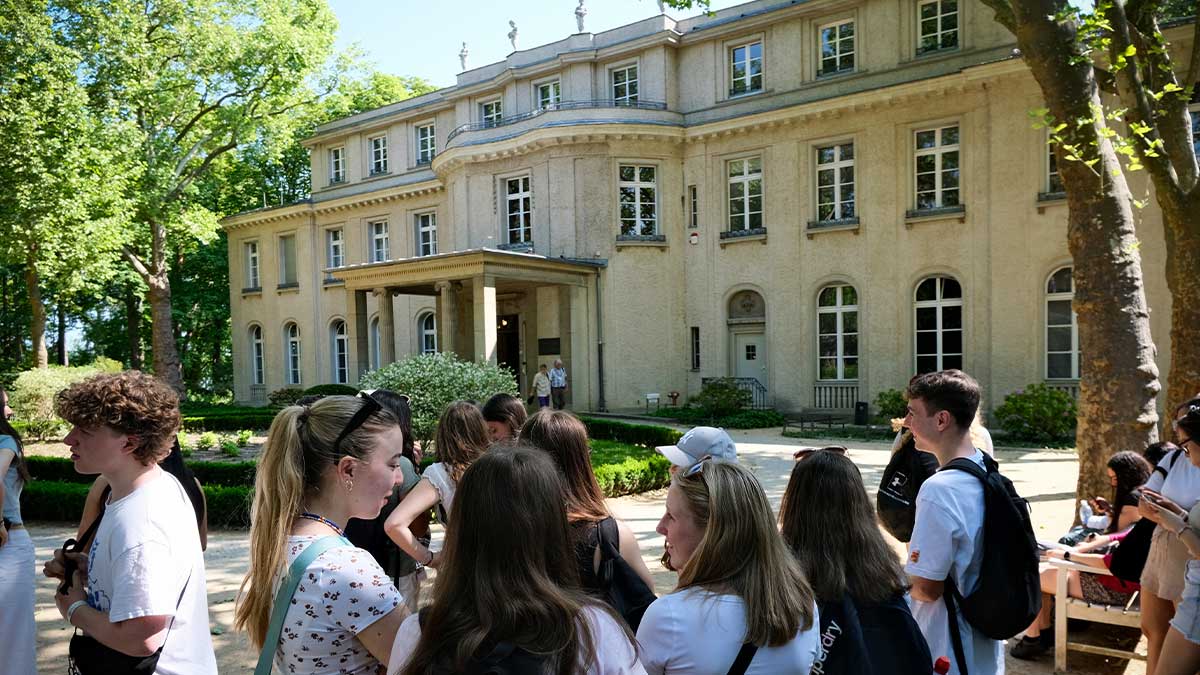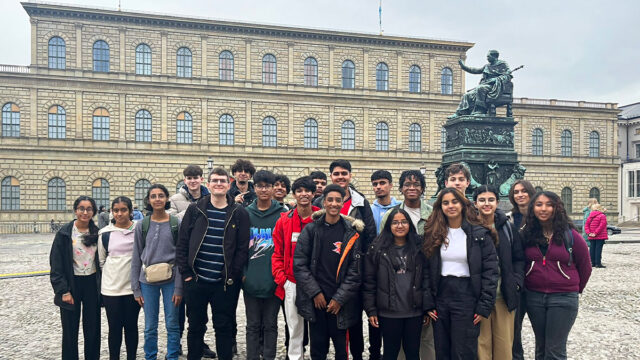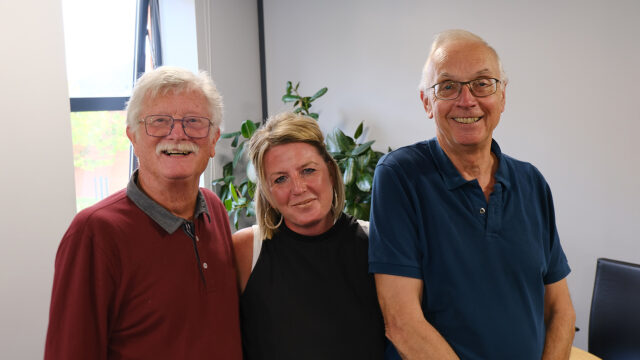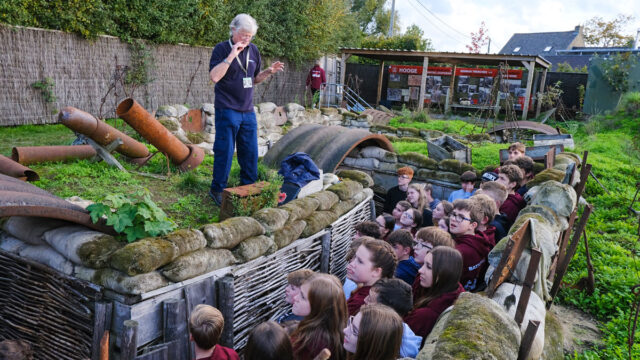
Planning your next school history trip to Germany? Berlin may be the obvious choice since it’s the capital city and filled with key historic sites linked to the topic; however, Munich can be an alternative option for your next history trip. Read more to find out why.
The Bavarian City of Munich
As Bavaria’s capital city, Munich is steeped in German traditions. Its century-old buildings and palaces reflect the city’s rich history, including Gothic, Renaissance, Baroque, and modern structures. As you explore Munich, you can get a feel of the streets before the war as it was rebuilt following a plan that preserved the pre-war street grid, maintaining the layout and historic monuments.
A school history trip to Munich is an excellent choice for World War 2 studies and exploring life in Nazi Germany. It’s a smaller and quieter city, perfect for students to wander, absorb a new culture and step into the historical stories. Munich is also full of technology, art, and history museums, as well as spectacular palaces. It offers students a wide variety of activities to boost their cultural capital and enjoy immersive learning experiences.
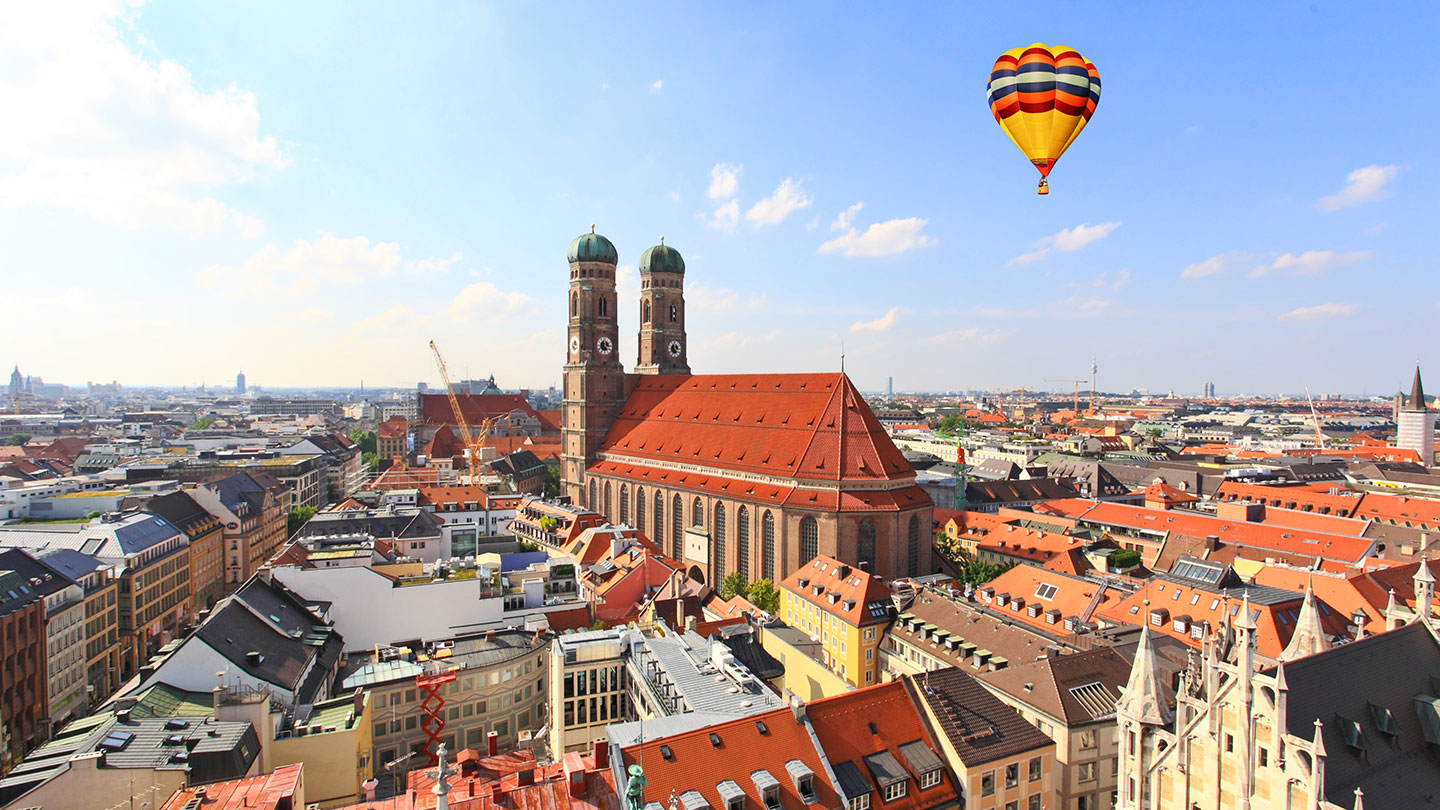
Munich and World War 2
Munich is the ideal city to explore Nazi Germany and its associated themes. It’s the starting point of World War 2 where the Nazi Party formed and where Hitler first tried to seize power but failed. It’s also the city where Hitler and other Nazi party leaders launched their political careers and became the centre of the Third Reich in Germany.
With it’s close proximity to Nuremberg, students can learn about the Nazi rallies and propaganda used to enforce the National Socialism ideologies to the masses. Munich gives students the opportunity to explore Germany through the Nazi era viewpoint, which links to specific elements of the curriculum.
Key Sites for World War 2 Learning
Dachau Concentration Camp
This was the first concentration camp set up in 1933, just 2 months after Hitler started his rise to power. This camp was intended for political prisoners and those who opposed the Nazi party. It also became the model for all later concentration camps and acted as a training centre for future SS concentration camp guards. A guided tour will inform students of what life was like in the camps to its full extent, and ensure they leave with a full understanding of the camp’s history This is an essential visit to learn about life in Germany, the Nazi regime’s brutality and the Holocaust.
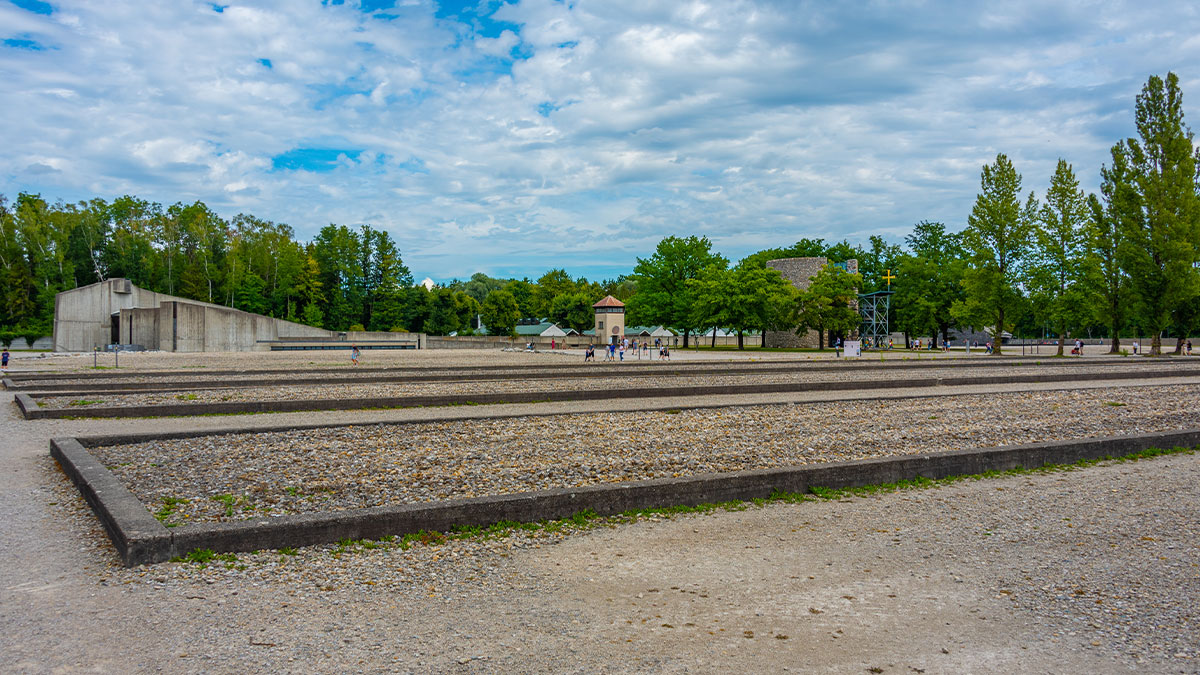
Munich Documentation Centre
The Munich Documentation Centre displays the history of the rise of National Socialism within Germany and how this led to the Nazi Party coming into power in Munich. It also highlights the city’s role in the Nazi regime, the war crimes, discrimination and persecution enacted by the Nazis, as well as how their ideologies were enforced. The centre also shows the consequences Munich faced as a result of the Nazi dictatorship
Nuremberg Documentation Centre and Nazi Party Rally Grounds
This structure was built to seat around 50,000 people and was the setting for many of the National Socialist rallies and propaganda shows from 1933 to 1938. This set the stage for the Nazi Party’s tyranny for what was to come. The exhibitions provide students with the causes and consequences of Nazi Germany, in addition to the propaganda used to promote these ideologies.
